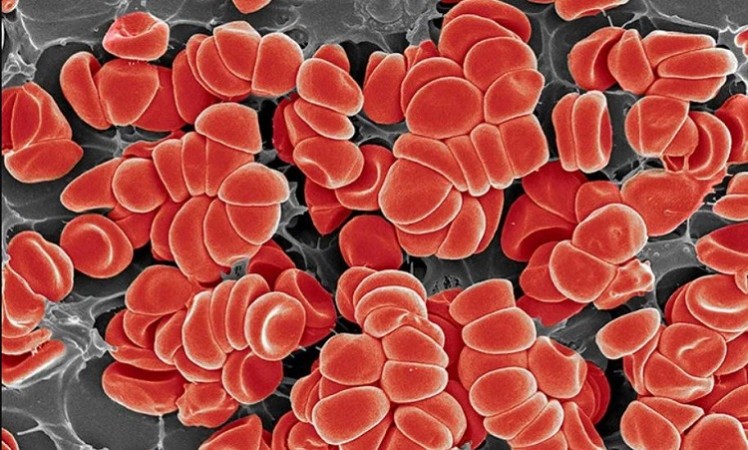
World Thrombosis Day, observed on October 13, is a global initiative that aims to raise awareness about thrombosis, a condition where blood clots form and block blood vessels. Thrombosis can have severe consequences, including heart attacks, strokes, and pulmonary embolism. This day serves as a reminder of the importance of understanding the causes, symptoms, and risk factors associated with thrombosis. In this article, we'll delve into the intricacies of this condition and its implications on your lifestyle and overall health.
What is Thrombosis?
Thrombosis is a medical term used to describe the formation of blood clots in the circulatory system. These clots can obstruct the flow of blood, potentially leading to life-threatening conditions. There are two primary types of thrombosis:
Arterial Thrombosis: This occurs when a blood clot forms in an artery, reducing blood flow to vital organs such as the heart or brain. It can result in heart attacks or strokes.
Venous Thrombosis: This type of thrombosis happens in the veins and is often linked to deep vein thrombosis (DVT), which is when a clot forms in a deep vein, most commonly in the legs. If a piece of the clot breaks off and travels to the lungs, it can lead to a pulmonary embolism.
Causes of Thrombosis
Understanding the causes of thrombosis is crucial in preventing this condition. Some of the common causes include:
Sedentary Lifestyle: Prolonged periods of immobility, such as sitting for long hours during travel, can increase the risk of DVT.
Genetic Factors: Some individuals have an inherited predisposition to blood clot formation due to genetic mutations.
Medical Conditions: Certain medical conditions, such as cancer, autoimmune disorders, and heart disease, can elevate the risk of thrombosis.
Surgery and Trauma: Major surgeries and traumatic injuries can disrupt the normal blood flow and make clot formation more likely.
Hormonal Birth Control: Women who use hormonal birth control methods may have a slightly increased risk of developing blood clots.
Symptoms of Thrombosis
Identifying the symptoms of thrombosis is essential for early diagnosis and treatment. Common symptoms include:
Swelling: In the case of DVT, you may notice swelling in the affected leg.
Pain: Deep, persistent pain in the leg, often in the calf area, can be indicative of a clot.
Discoloration: The affected area might appear red or discolored.
Shortness of Breath: If a clot travels to the lungs, it can result in sudden, severe shortness of breath, chest pain, and coughing up blood.
Chest Pain and Palpitations: Arterial thrombosis can cause chest pain, heart palpitations, and even a heart attack.
Risk Factors
Several risk factors increase your likelihood of developing thrombosis. These include:
Age: The risk of thrombosis increases with age.
Obesity: Being overweight or obese can raise the risk of clot formation.
Smoking: Smoking damages blood vessels and increases clotting risks.
Pregnancy: Pregnant women are more susceptible to DVT.
Family History: A family history of thrombosis can heighten your risk.
Preventing Thrombosis
Prevention is key when it comes to thrombosis. Here are some steps you can take to reduce your risk:
Stay Active: Regular physical activity can help maintain healthy blood circulation.
Maintain a Healthy Weight: A balanced diet and exercise can help prevent obesity.
Stay Hydrated: Proper hydration can keep your blood less prone to clotting.
Quit Smoking: If you smoke, seek help to quit and reduce your risk.
Manage Chronic Conditions: Control and manage chronic diseases effectively.
World Thrombosis Day serves as a vital reminder of the serious health risks associated with thrombosis. Understanding the causes, symptoms, and risk factors of this condition is paramount to maintaining good health. By taking preventive measures and being aware of the signs, you can protect yourself and your loved ones from the potentially devastating consequences of thrombosis. This year, let's commit to raising awareness and promoting a healthier, more active lifestyle to reduce the global burden of thrombosis-related illnesses.